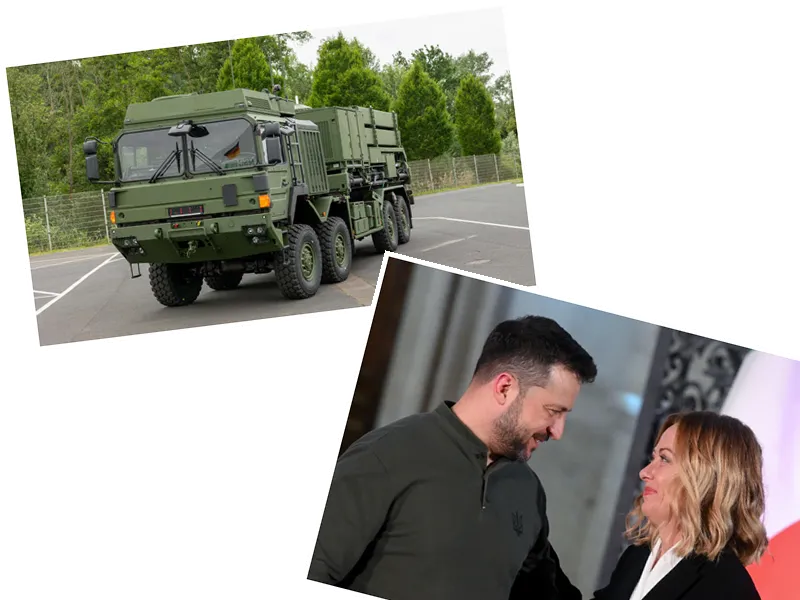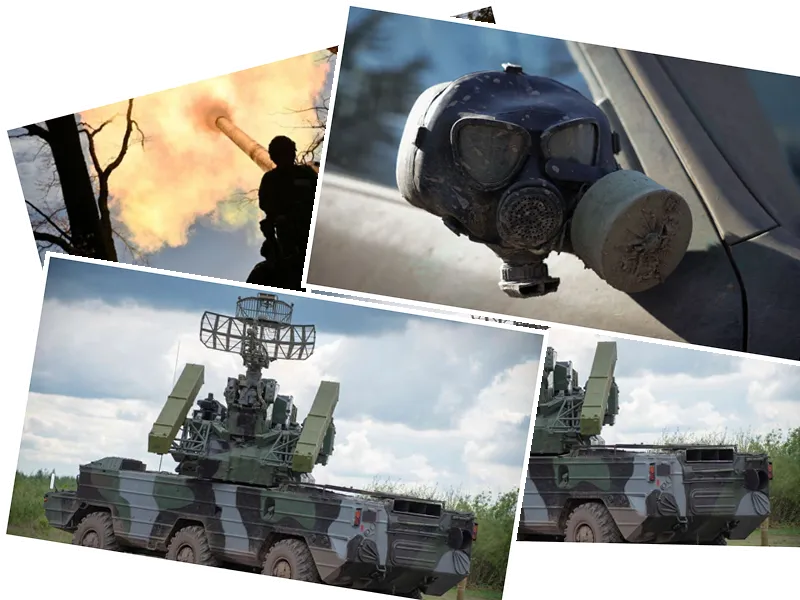Leopard Tanks in the Ukraine War: Enhancing Armor Against Russian Attacks
Germany has delivered significant numbers of Leopard main battle tanks to Ukraine in support of its efforts to fend off Russian aggression. A total of 48 Leopard tanks were sent, including 30 Type 1A5 models and 18 Type 2A6 models. These tanks possess advanced capabilities, but their effectiveness in the Ukraine war has been a subject of debate. Some footage and reports have indicated that these tanks have been particularly targeted by Russian forces, resulting in noticeable losses. The Russian government, notably President Vladimir Putin, has even displayed captured Leopard tanks as war trophies, showcasing their damaged states in a bid to boost morale.
In response to these challenges, Ukraine has retrofitted the Leopard tanks with additional armor to enhance their protection against Russian attacks. Images shared on social media and various defense portals reveal that at least one Leopard 1A5 has been modified with explosive reactive armor (ERA) known as Kontakt-1, a design originating from the Soviet Union. These upgrades involve the placement of ERA tiles on the rifle tower and the attachment of Nizh modules, which are Ukrainian-made ERA, on the front. These enhancements are expected to significantly boost the tank's defenses while only slightly increasing its weight from the standard 42 tons. The modifications represent a strategic effort to mitigate the tanks' previously identified vulnerabilities and improve their battlefield survival.
The Bundeswehr has plans to deliver an additional 105 Leopard 1A5 tanks to Ukraine, in cooperation with Denmark and the Netherlands. It is likely they will receive similar protective upgrades to ensure they are better equipped for the conflict. These measures are essential as the Leopard tanks have been primarily utilized in safer positions to provide indirect fire support due to their inherent weaknesses in direct combat scenarios. The ongoing supply and modification efforts underscore the significance of continued military support and innovation in enhancing the capabilities of Ukraine's defense forces.
- Ukraine's war effort has also seen the involvement of numerous foreign fighters. Among these are Colombians, who form the majority of Latin American combatants in the country. Many of these soldiers have sustained severe injuries, necessitating extensive rehabilitation. One prominent case is Gabriel Ramírez, a 28-year-old Colombian who lost half of his left leg due to a direct hit from a Russian tank. He is now undergoing rehabilitation in a specialized center in Lviv, considered one of the world's best facilities for war amputees. Despite the adversities, Gabriel remains determined to move forward, albeit uncertain of his future, given the complexities of wartime service and post-traumatic stress.
- The rehabilitation center in Lviv also hosts other injured soldiers, each with their own harrowing stories. Another Colombian, Miguel Rodríguez, who lost his leg after stepping on a mine, shares the struggles faced by those wounded in combat. Their experiences highlight the ruthless nature of the war, marked by relentless artillery barrages and drone surveillance, which create a continuously perilous environment. These stories serve as a testament to the human cost of the conflict and the resilience of those who fight on despite severe injuries and psychological trauma.






